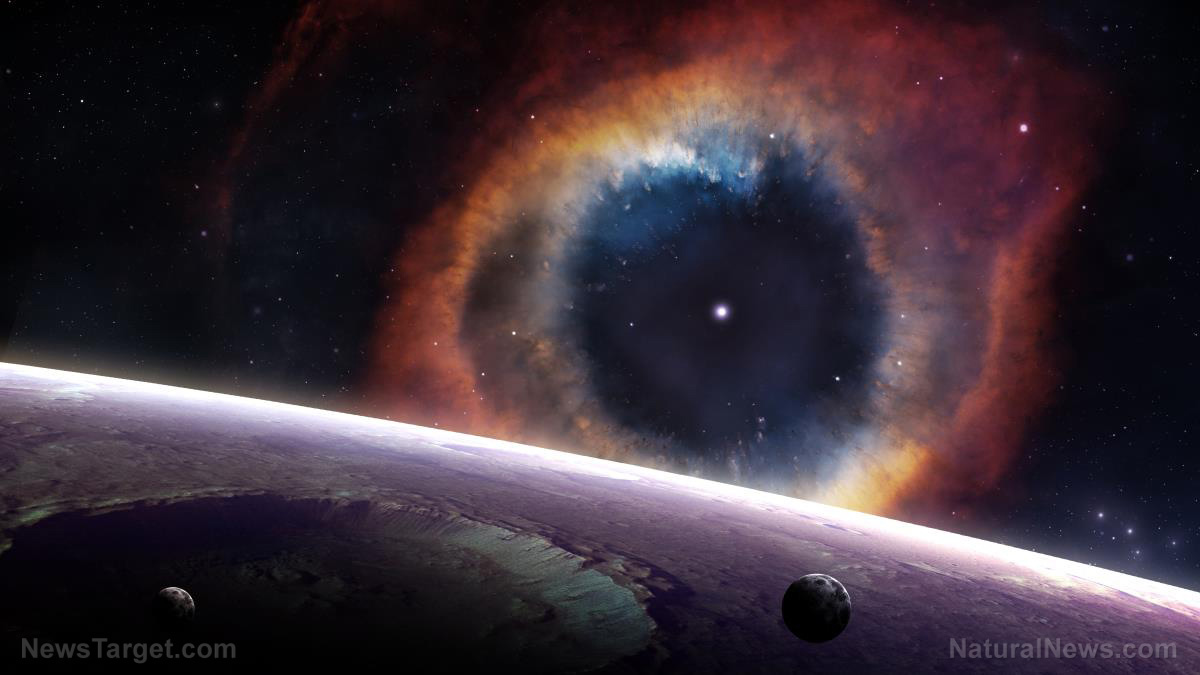
The experts recounted that the iPTF14hls explosion appeared to be an ordinary supernova. However, "several months later…astronomers noticed something that they had never seen before – the supernova was growing brighter again after it faded. [The supernova] grew brighter and dimmer at least five times over two years [and] may have been the most massive stellar explosion ever seen," researchers reported in a LOC press release.
The press release also stressed that a normal supernova increases to peak brightness and then subsequently fades over 100 days. In contrast, the supernova iPTF14hls displayed fluctuating brightness and dimness at least five times over three years. The researchers pooled archived data and found that there had been another explosion in the same location that occurred in 1954. According to the scientists, the star somehow survived that explosion and exploded again in 2014.
“It is possible that this was the result of star so massive and hot that it generated antimatter in its core. That would cause the star to go violently unstable, and undergo repeated bright eruptions over periods of years,” said Daniel Kasen.
Supernova glowed brighter than the sun, experts say
The researchers observed that the explosion of Supernova iPTF14hls was at least 50 times more massive than the sun and may potentially be much larger. According to the experts, the iPTF14hls may be the first example of pulsational pair instability supernova ever recorded. The scientists explained that the theory centers on the possibility that massive stars reach extremely hot temperatures in their cores that energy gets converted into matter and antimatter.
According to the research team, this process would cause a massive explosion that eliminates the outer layers of the star but leaves the core otherwise intact. The experts also noted that the process may repeat over decades prior to a large final explosion and subsequent collapse into a blackhole. However, the scientists cautioned that the theory may not fully explain the mechanism behind the recent stellar event. (Related: Mysterious magnetized waves ripple across the Earth and the Sun, influencing Earth weather.)
“The spectra (light signature) we obtained at Keck showed that this supernova looked like nothing we had ever seen before and this is after discovering nearly 5,000 supernovae in the last two decades. While the spectra bear a resemblance to normal hydrogen-rich core-collapse supernova explosions, they evolved six times more slowly, stretching an event which normally lasts 100 days to over two years. This is one of those head-scratcher type of events. At first we thought it was completely normal and boring. Then it just kept staying bright, and not changing, for month after month,” researcher Peter Nugent added.
The findings were published on the journal Nature.
Sources include:
Please contact us for more information.

















